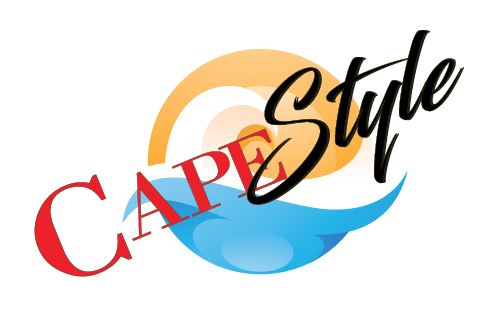When considering a boat purchase, one of the first major decisions a prospective boat owner makes is what type of engine to select. For shoppers in the large cruiser market or fishermen perusing center consoles, this may be a foregone conclusion, not a choice. But for those captains-to-be looking for a day boat, run about or bowrider type vessel, there are infinite options offering outboard as well as inboard/outboard (I/O) engines. Although both motor types claim diehard devotees, outboards are more popular by a long shot. Mariners who are new to the area, coming from a freshwater background, stepping down from a large yacht or buying their first boat, may be wondering “Why are outboards preferred so much?”
The first thing a marine shopper is bound to notice is the inflated price tag on boats fitted with outboards compared to similar models sporting I/Os. While this might appear to be a deterrent, most boaters do not plan on keeping their vessels forever, so this fact translates into a higher resale value later on. The fiscally prudent also recognize that the maintenance on an outboard is less expensive. The engine’s innards are easier to access and therefore repairs are quicker and subsequently cheaper. Plus, there aren’t any risers and manifolds in an outboard engine, which is a very costly maintenance necessity for I/O boat owners.
Another practical aspect of outboards that boosts their prevalence locally is their ability to traverse shallow waters. Here in Southwest Florida, skinny water is a way of life that boaters grow accustomed to and, while knowledge of the local area or finely honed navigational skills may be highly regarded, there is no substitute for an outboard’s ability to dislodge from a sandbar or scoot to a premier fishing spot. Further flexibility to reach the catch in minimal water comes in the form of a hydraulic lifting device for the engine, called a jack plate. This is an indispensable feature for even casual inshore anglers and is compatible with only outboard engines.
An additional bonus of the outboard’s flexibility is that the engine can be locked in a forward tilt position to keep the drive out of the water while the boat is docked. Diligently performing this maneuver will reduce the damage saltwater inflicts on an engine which keeps maintenance costs down and extends the life of the motor.
Previously, some I/O enthusiasts tout the sound and vapor muffling benefits of an engine below deck. However, that argument is fading as the modern technology of the four stroke engines currently on the market have significantly reduced the resounding noise and unpleasant odors associated with external outboards. Also, since an outboard engine isn’t enclosed in the vessel, there is no engine room to harbor accumulated vapors and, therefore, no need to run a blower for several minutes before starting the engine.
For those boaters convinced of the benefits of outboards, but not thrilled with the aesthetics of the “clamp on” outboard motors, new designs in the boat building industry are offering the best of both worlds. Several manufacturers are currently producing hybrid bowriders and pocket cruisers with covered outboards. These vessels maintain the sleek look of boats with traditional I/O engines by concealing easy to access outboard motors beneath cosmetically pleasing hatches.
So, if you are ready to purchase your next outboard engine boat or would simply like more information about the advantages of various engine types, call or stop by The Power Boat Center of Cape Coral today. We are conveniently located right here in Cape Harbour Marina and can be reached at (239) 540-1552.
Written By Jonathan D. Vu, The Power Boat Center, Cape Harbour Marina



